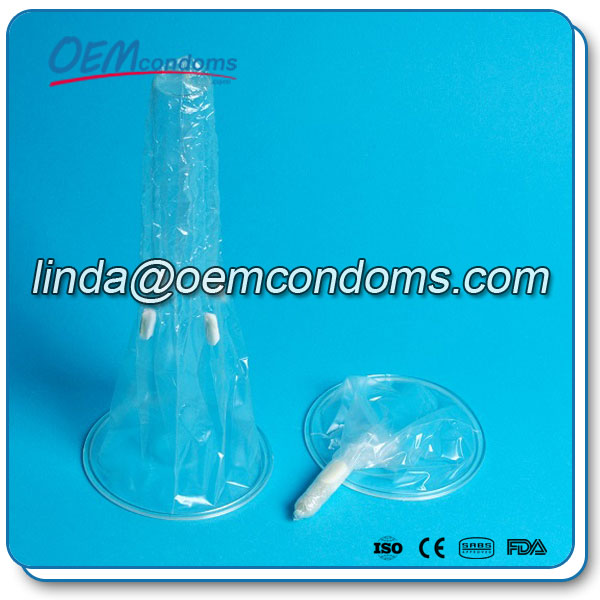Custom best quality male & female condom
Male condoms, like female condoms, are a physical barrier that prevents sperm from reaching the egg. The barrier ensures that fertilization and pregnancy will not occur. Condoms are mainly made of very thin latex rubber or polyurethane, and they contain lubricants. Using condoms can significantly reduce the spread of sexually transmitted infections (STI). Using condoms with another birth control pill …
Do you know the female condom with an air bubble?
There is a new innovative which is lubricated with an air bubble as an internal retention feature. Very comfortable to insert. Once inside, women won ́t feel it. Uniq Air Female Condom is a very innovative product! It provides greater protection to the external genitalia. It is so discreet that it will not even be noticed that you wear it. …
Female Condoms manufacturer from China
Most consumers familiar with male condom, we know the details and how to use it, maybe you are not familiar with the female condom, maybe never seen it. A female condom, also named lesbian condoms, it is a liner worn in the vagina or anus to prevent semen from entering a woman body. Female condoms are usually made of polyurethane …
How the internal condom works?
The internal condoms work like a male condom but it’s inserted into the vagina. It even looks somewhat like a large external condom, except it has a flexible inner ring which will be inserted into the vagina, and an outer ring which will hang about an inch from the vagina. Once the condom is inserted, the males can insert their …
Disadvantage of Female Condoms
Don’t use male condom and female condom together. Doing so may lead to friction between the two and thereby, damage the reliability of both the condoms. Although, there is no physical side-effects of using female condoms, there may be a chance for the condom to tear or be displaced at the time of sexual intercourse, which may render both ineffective. …
The main reasons which condoms fail are inconsistent or incorrect use
Male latex condoms reduce the risk of HIV and many other sexually transmitted diseases (STDs) by reducing the chance of direct contact with another person’s semen, blood or vaginal fluids. But condoms do not provide 100% protection against HIV infection. The main reasons that condom fail are inconsistent or incorrect use: Consistent use condoms means using a new condom every …







